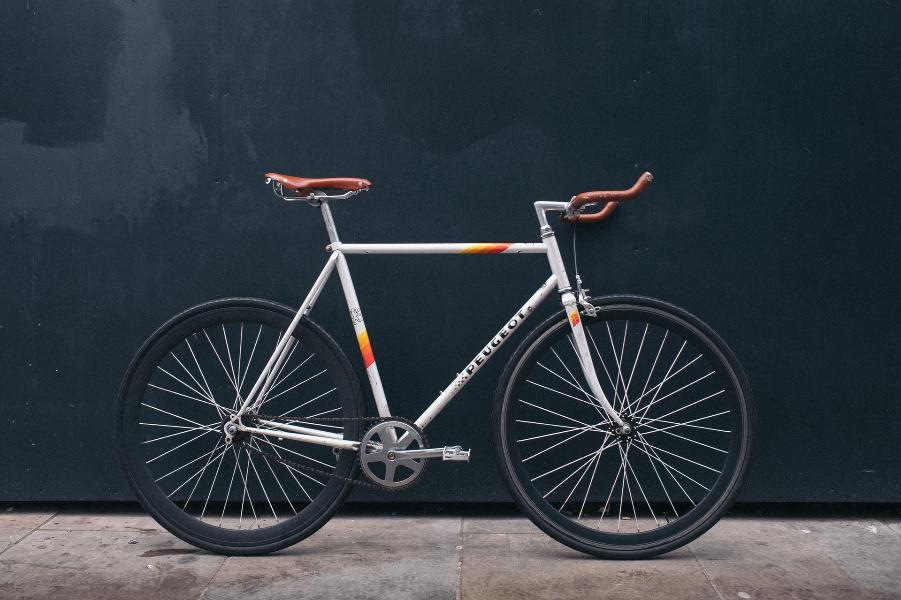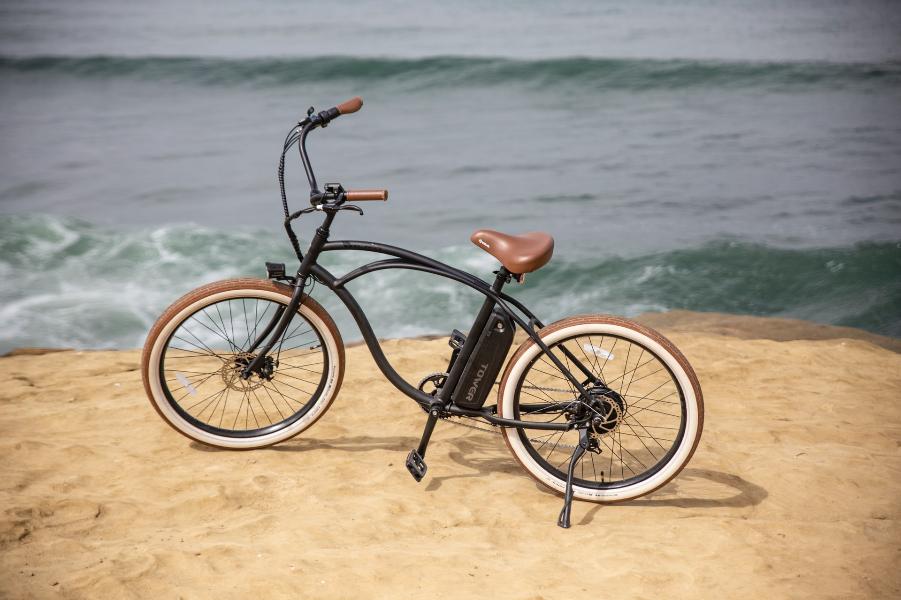1.1950s, 1960s, 1980s: Chinese flying pigeons
In the history of bicycles, an interesting node is the invention of the flying pigeon. Although it looks similar to the cruise bicycles abroad at that time, it was unexpectedly popular in China and was the only means of transportation approved by the common people at that time.
Bicycles, sewing machines, and watches were the symbols of the success of the Chinese at that time. If you possessed all three, it meant that you were a wealthy and tasteful person. With the addition of the planned economy at that time, it was impossible to have these. easy. In the 1960s and 1970s, the flying pigeon logo became the most popular bicycle on the planet. In 1986, over 3 million bikes were sold.
2. 1950s, 1960s, 1970s: North American cruisers and race cars
Cruisers and race bikes are the most popular styles of bikes in North America. Cruising bikes are popular among amateur cyclists, the fixed-toothed dead fly, which has pedal-actuated brakes, only one ratio, and pneumatic tires, popular for durability and comfort and sturdiness.
3. The invention of the BMX in the 1970s
For a long time, bikes looked the same, until BMX was invented in California in the 1970s. These wheels range in size from 16 inches to 24 inches and are popular with teens. At the time, the introduction of bmx racing cars on the road in the Netherlands gave birth to the documentary “On Any Sunday”. The film attributes the success of BMX to the motorcycle boom of the 1970s and the popularity of BMX as a sport rather than just a hobby.
4. The invention of the mountain bike in the 1970s
Another California invention was the mountain bike, which first appeared in the 1970s but was not mass-produced until 1981. It was invented for off-road or rough road riding. The mountain bike was an immediate success, and the way mountain bikes were ridden encouraged cities to make a name for themselves as it encouraged city dwellers to escape their environment and inspired other extreme sports. Mountain bikes have a more upright seating position and better suspension front and rear.
5. 1970s-1990s: The European Bicycle Market
In the 1970s, as recreational bicycles became more popular, light bikes weighing less than 30 pounds began to become the main selling models on the market, and gradually they were also used for racing.
Swedish manufacturer Itera has created a bicycle made entirely of plastic, and although sales are dismal, it represents a trend of thought. Instead, the UK cycling market has shifted from road bikes to all-terrain mountain bikes, which are more popular because of their versatility. By 1990, cruisers with weight were all but extinct.
6. The 1990s to the beginning of the 21st century: the development of electric bicycles
Unlike conventional bicycles, the history of true electric bicycles adds up to only 40 years. In recent years, electric assist has gained popularity due to its falling prices and rising availability. Yamaha built one of the first prototypes in 1989, and this prototype looked very similar to a modern electric bike.
The power control and torque sensors used on e-bikes were developed in the 1990s, and Vector Service Limited created and sold the first e-bike called the Zike in 1992. It has a nichrome battery built into the frame and an 850g magnet motor. However, sales were very dismal for reasons that are not clear, possibly because they were too expensive to produce.
Eighteen, the emergence and rising trend of modern electric bicycles
In 2001, electric-assisted bicycles became popular and even got some other names, such as pedal-assisted bikes, power bikes, and power-assisted bikes. The electric motorcycle (e-motorbike) refers specifically to the model with a speed of more than 80 km/h.
In 2007, e-bikes were thought to make up 10 to 20 percent of the market, and now they make up around 30 percent. A typical electric assist unit has a rechargeable battery for 8 hours of use, with an average driving distance of 25-40 km on a single battery and a speed of 36 km/h. In foreign countries, electric mopeds are also classified in regulations, and each classification determines how you use them and whether you need a driver’s license.
7.the popularity of modern electric bicycles
The use of e-bikes has grown rapidly since 1998. According to the China Bicycle Association, China is the world’s largest producer of electric bicycles. In 2004, China sold more than 7.5 million electric bicycles worldwide, doubling from the previous year.
More than 210 million electric bicycles are used in China every day, and it is said to increase to 400 million in the next 10 years. In Europe, more than 700,000 e-bikes were sold in 2010, a figure that rose to 2 million in 2016. Now, the EU has imposed a 79.3% protective tariff on Chinese imports of electric bicycles to protect EU producers that use Europe as their main market.
Post time: Apr-16-2022



